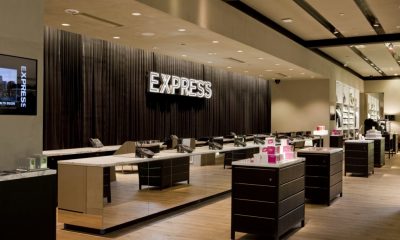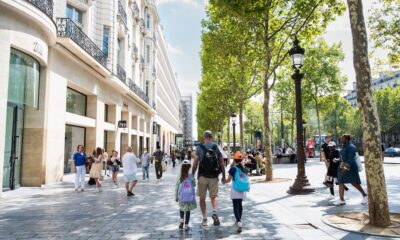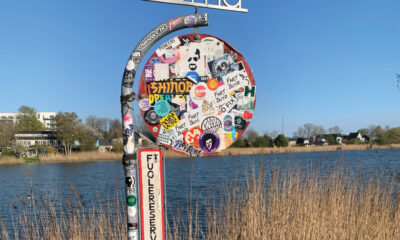Headlines
Marks & Spencer to Close 27 Stores, Cut 1230 Jobs
Retailer is feeling the pinch of Britain’s slumping economy
MasterClass: ‘Re-Sparkling’ Retail: Using Store Design to Build Trust, Faith and Brand Loyalty
HOW CAN WE EMPOWER and inspire senior leaders to see design as an investment for future retail growth? This session, led by retail design expert Ian Johnston from Quinine Design, explores how physical stores remain unmatched in the ability to build trust, faith, and loyalty with your customers, ultimately driving shareholder value.
Presented by:
Ian Johnston
Founder and Creative Director, Quinine Design
-

 Headlines6 days ago
Headlines6 days agoNetflix Houses Coming to Dallas, King of Prussia
-

 Headlines1 week ago
Headlines1 week agoExpress Bought by WHP-Led Group
-

 Headlines1 week ago
Headlines1 week agoMcDonald’s Axing AI Drive-Thru Test
-

 Headlines2 weeks ago
Headlines2 weeks agoGoodsurf Sets Dallas Debut
-

 Headlines2 weeks ago
Headlines2 weeks agoCalvin Klein to Unveil Global Flagship in Paris
-

 NEXT UX2 weeks ago
NEXT UX2 weeks agoTelling a Story in Milan and Copenhagen
-

 Specialty Non-Apparel6 days ago
Specialty Non-Apparel6 days agoIf The Shoe Fits
-

 Headlines5 days ago
Headlines5 days agoFood Hall Set for NY’s Ex-Lord & Taylor Building
















